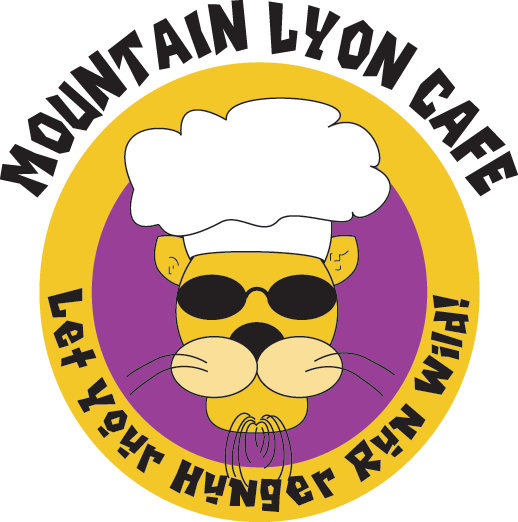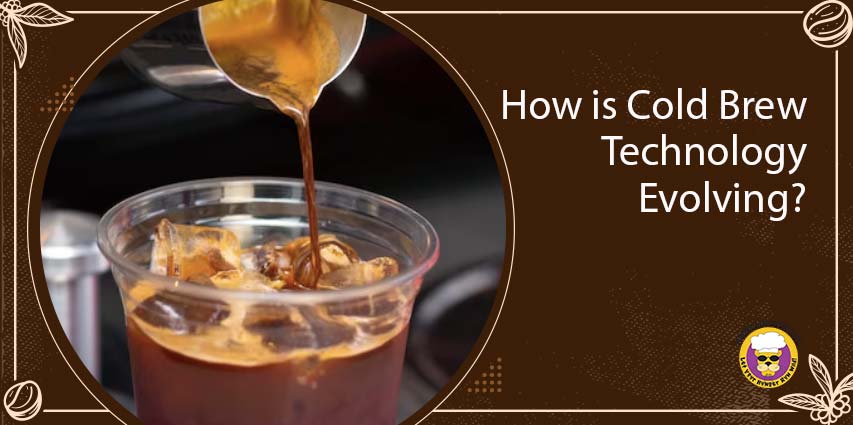If you’re a coffee lover, then you’ve probably heard of cold brew coffee. How is Cold Brew Technology Evolving? Cold brew has become increasingly popular in recent years due to its smoother taste and lower acidity compared to traditional hot coffee.
But have you ever wondered how this trendy beverage is made? Cold brew technology has come a long way since its inception, and it’s showing no signs of slowing down.
In this article, we’ll dive into the evolution of cold brew technology and what the future holds for this innovative brewing process.
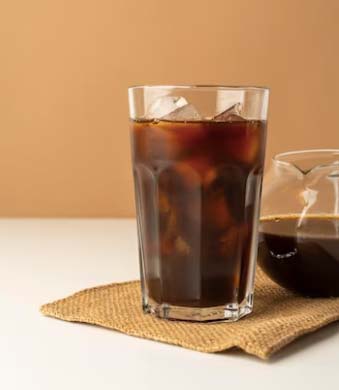
What is Nitro Cold Brew?
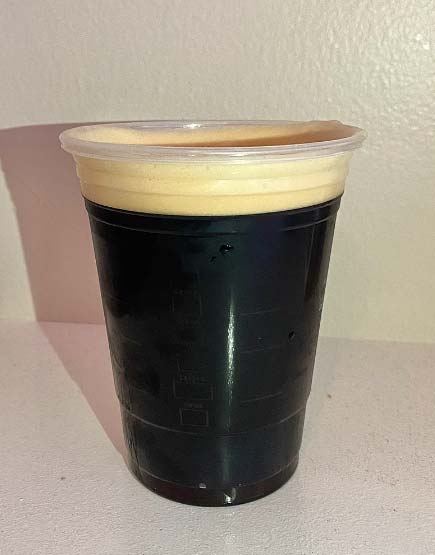
Nitro cold brew is a type of cold brew coffee made by infusing the beverage with nitrogen gas. This creates a creamy, foamy texture and enhances the flavor and aroma of the coffee. Nitro cold brew is typically served on tap at cafes and restaurants, but some companies have also released canned versions of the beverage for on-the-go enjoyment.
What is the difference Between Cold brew and iced coffee?
The key difference between cold brew and iced coffee is in the brewing process. Cold brew involves steeping ground coffee in cold water for 12-24 hours, while iced coffee is brewed like regular hot coffee but then cooled down by adding ice. This results in a flavor profile that is smoother and less acidic for cold brew, while iced coffee will taste similar to hot coffee with a slight bitterness due to the rapid extraction process.
What are the Benefits of Cold Brew?
Cold brew offers many health and lifestyle benefits that make it a popular choice among coffee drinkers. It has a smoother flavor profile than hot brewed coffee, making it easier to drink in large quantities without experiencing bitter aftertastes.
Additionally, cold brew typically contains more caffeine than hot brewed varieties, making it a great pick-me-up for those who need an extra boost of energy.
Finally, cold brew is convenient to make and can be stored in the refrigerator for up to two weeks.
The popularity of cold brew coffee has been on the rise in recent years due to its unique flavor profile and health benefits. As cold brew technology continues to evolve, we can expect to see further innovation in the industry as companies explore ways to make production more efficient and sustainable.
Whether it’s for convenience or a desire for something new, cold brew is sure to remain an essential part of the coffee drinking experience for years to come!
Related article:
Filter vs Espresso In The US And Europe: A Comparison between the United States and Europe
How do you make cold brew?
Making cold brew is relatively simple and requires just a few basic ingredients. First, you’ll need to grind your coffee beans to a coarse consistency and add them to a jar or pitcher of cold water. Then, stir the mixture and let it steep for 12-24 hours. Once the steeping process has completed, you can filter out the grounds using a cheesecloth or coffee filter.
A Brief History of Cold Brew: From Ancient Times to Modern Day
Cold brew coffee has been around for centuries, with early records dating back to 17th-century Japan, where they brewed tea using cold water. Historically, cold brew was also popularized in South America, where it was called “toddy” and used as a concentrate mixed with milk.
However, it wasn’t until the 1960s that cold brew coffee gained popularity in the United States. Even then, it remained a niche product until the turn of the century, when it exploded onto the scene, becoming a staple in many cafes and households.
The Science Behind Cold Brew
The cold brew process involves steeping coffee grounds in cold water for an extended period, typically 12-24 hours. This extended steeping time allows the water to extract more flavor compounds from the coffee grounds, resulting in a smoother and less acidic cup of coffee. Unlike hot coffee, which can be bitter and burnt-tasting if over-extracted, cold brew has a more balanced and nuanced flavor profile.
Cold Brew Technology: From Filtration to Nitro
As cold brew has grown in popularity, so too has the technology used to make it. Early iterations of cold brew involved steeping coffee grounds in a large container and then straining out the liquid using a cheesecloth or coffee filter. However, this method can be messy and time-consuming, leading to innovations in cold brew filtration systems.
One of the most popular filtration methods is the Toddy system, which uses a reusable felt filter to catch coffee solids while allowing the liquid to pass through. Other systems, such as the Hario Mizudashi, use a fine mesh filter to achieve similar results. These filtration systems make cold brew production more efficient and less labor-intensive, allowing cafes and households to produce large batches of cold brew with ease.
Another recent innovation in cold brew technology is nitro cold brew. Nitro cold brew involves infusing cold brew coffee with nitrogen gas, which creates a creamy, foamy texture similar to a pint of Guinness beer.
The nitrogen bubbles also enhance the flavor and aroma of the coffee, resulting in a unique and luxurious drinking experience. Nitro cold brew has become a popular option at many cafes and restaurants, and some companies have even created canned versions of the beverage for on-the-go enjoyment.
The Future of Cold Brew Technology
As the demand for cold brew continues to grow, we can expect to see further innovation in cold brew technology. Some companies are exploring ways to incorporate sustainable and eco-friendly practices into cold brew production, such as using solar-powered brewing equipment or upcycling coffee waste into fertilizer. Others are experimenting with new flavors and ingredients to create unique and exciting cold brew products.
One potential area of growth for cold brew technology is automation. Currently, most cold brew production involves manual labor, such as measuring out coffee grounds and pouring water. However, there is potential for automated systems that can streamline the process and ensure consistency in flavor and quality. This could lead to increased efficiency and lower production costs, making cold brew more accessible to a wider audience.
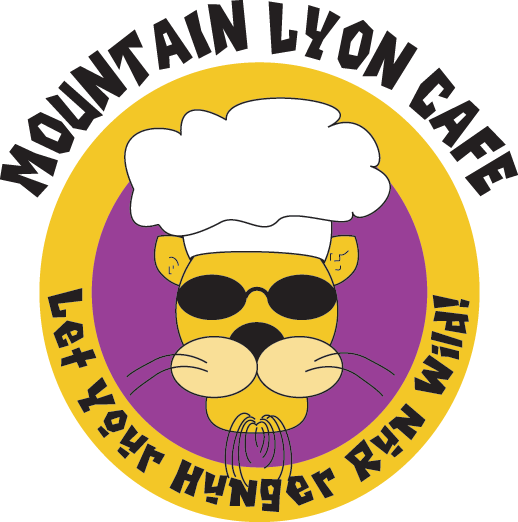
I’m Kara Chavez, and I love coffee. I like to create some of the best coffees around – espressos, lattes, macchiatos . I strive for perfection in my coffee-making skills, and I take great pride in providing a delicious cup of joe to my customers.
I’ve been working in the coffee industry for years now, and I know everything there is to know about making a perfect cup of coffee. My passion for coffee shines through in every cup that I make, and I hope that you’ll stop by soon so that I can share my love of coffee with you!
